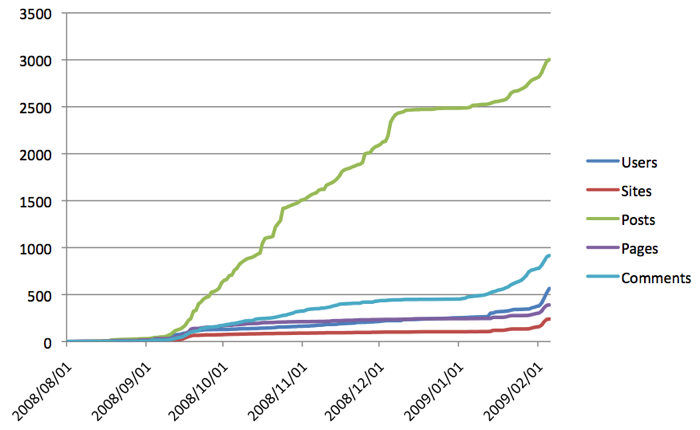I just pushed the latest version of the WP-Sentry plugin out to general use on UCalgaryBlogs.ca – any site can now enable it to have the ability to create groups and to set the audience for posts and pages. A site admin can create groups and put members of the site into any number of groups – which can also be hierarchically arranged – and then the members can decide who should be allowed to see the posts that they publish.
A workgroup could post updates that only group members can see (so a flood of group meeting notes doesn’t flood a blogsite used in a class of 300 students), or students could write posts on sensitive topics without worrying about it leaking out onto the open internet and into their permanent record.
The plugin is very well designed, and is easy to use. I’m going to be setting up a few sites using it as a means of managing information flow within large classes. One nice feature of the plugin is that it gives the ability to select multiple groups as the audience for a post, and to add individual member access, so you could invite someone in to view content without granting them full group member status. Very nice.
So far, the only suggestion that I could think to make would be some way to provide a list of groups (a group directory page) that links to a page listing content published in a given group – a group home page.
I know there are people for whom the idea of “private” blogging makes them break out in hives. But there are valid cases for providing safe places for students to publish content without worrying about public exposure, and this is a fantastic solution to that problem.
Update: It hit me, shortly after hitting “Publish” on this post, that the WP-Sentry plugin would be a perfect fit for the other plugin I’m playing with – WordPress-Wiki – which allows for wiki editing of pages and posts by members of a WordPress site, but without needing to delve into geeky MediaWiki syntax. It tracks revisions, allows diffing of changes between revisions, and generates the table of contents based on the headings in the content in the same way that MediaWiki does. All the fun of wiki, without the geeky stuff or pain.
WP-Sentry + WordPress-Wiki, when combined, would let people create private (or public, or any variant in between) wikis for workgroups, as part of their regular blog or website publishing workflow. No extra software to learn, no new syntax, no new jargon. Just an extra couple of checkboxes and widgets to twiddle when publishing a post to determine who gets to see the thing, and whether it should be wiki. Very cool stuff, and it could become a powerful tool as part of a course blogsite.





